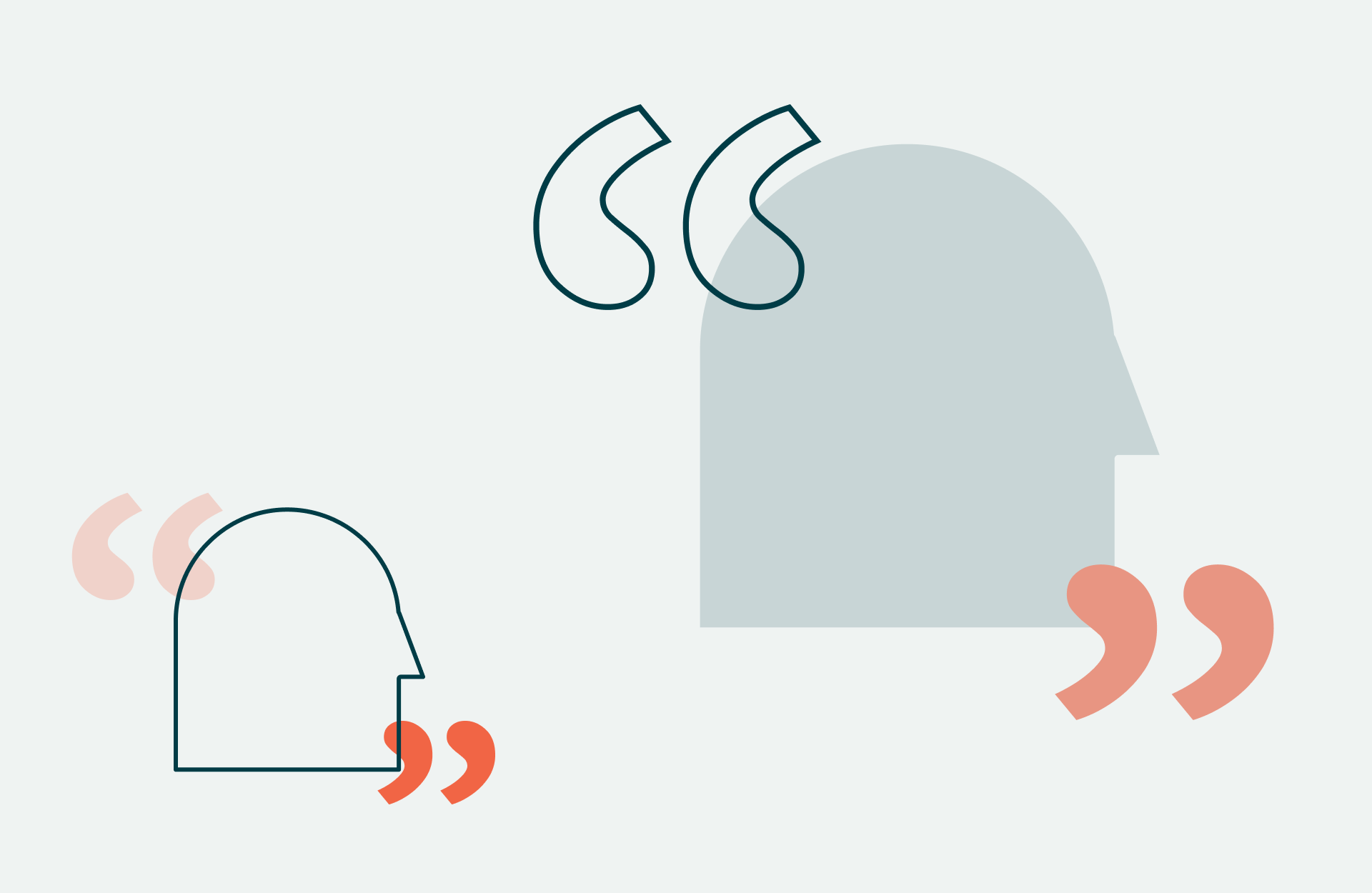When it comes to a researcher’s own work, attribution is necessary to avoid self-plagiarism or duplicate plagiarism. Such attribution is called self-citation. Self-citation is an act of academic integrity when expanding on previous research or referring to previously published work. There are legitimate reasons to self-cite; work is largely, especially in scientific research, cumulative and it’s important to attribute prior foundational work.
But when the calculation of impact factor becomes a primary driving factor, self-citation may venture into the murky territory of self-promotion. This behavior has become a burgeoning concern within the research community.
For many researchers and research journals, a critical indicator for academic reputation is impact factor, a score based on the number of citations an article garners.
Excessive self-citation with the intention of raising one's impact factor is considered unethical and falls under the subset of citation manipulation. In a 2019 study, COPE explicitly states, “When any of the above parties, editors, board members, reviewers, or authors add or request to add citations where the motivations are merely self-promotional this aim violates publication ethics and is unethical. Additionally, whether or not they are requested, citations to the editor’s work should not be added in the belief that this will increase the likelihood of the publication being accepted” (2019).
How does self-citation manifest in work?The scientific community has called out egregious examples of excessive self-citation. According to a study in PLoS Biology this month, Nature stated one example of a computer scientist who “received 94% of his citations from himself or his co-authors up to 2017." He is not alone. The data set, which lists around 100,000 researchers, shows that at least 250 scientists have amassed more than 50% of their citations from themselves or their co-authors, while the median self-citation rate is 12.7%” (Van Noorden & Chawla, 2019).
Excessive self-citation, simply put, is very easy to spot.
On the part of the researcher, self-citation may be motivated by a desire for publication and an increase in impact factor, which in turn, expands future opportunities for publication. And it may be motivated, on the part of the journal, to raise its journal impact factor (JIF)—or it may be that the journal is highly specific in its topic choices (Sanfilippo et al., 2021).
How does self-citation impact academic integrity?The link between self-citation and academic integrity is explicit: citations, and thus self-citations, raise the academic reputation of a researcher or journal in the form of the impact factor score, which is a very visible indicator of reputation.
But excessive self-citation can backfire, as many community members become more aware of this form of abuse—because the number of citations is also a very visible indication of whether or not self-promotion occurs.
What isn’t as transparent is the motivation behind self-citation that defines self-promotion. And what number—if any—of citations then accurately correlates between legitimate self-citation and self-promotion.
Researchers are working to define what the threshold for excessive self-citation may be. The line between legitimate and excessive self-citation can vary, even according to academic disciplines. But researchers are now examining the balance between building on prior work and recognizing others’ influence (Szomszor, Pendelbury, & Adams 2020).
Ways to mitigate self-citationThere have been multiple proposed solutions to unethical and excessive self-citation. Justin Flatt proposed publishing a self-citation index to raise transparency into such behavior (2017). He expanded with 2020 research that further urged tracking of self-citation with defined goals, clarifying, “Instead of curation, we should adopt methods that utilize all the citation data, but in a way that carefully accounts for factors such as self-citation, collaboration, and ‘citation farms.’ Only then can we begin to fully appreciate authors’ behavior and performance in relation to citation records: (Kacem, Flatt, & Mayr, 2020).
“But the idea of publicly listing individuals’ self-citation rates, or evaluating them on the basis of metrics corrected for self-citation, is highly contentious,” according to an article in Nature. “COPE argued against excluding self-citations from metrics because, it said, this ‘doesn’t permit a nuanced understanding of when self-citation makes good scholarly sense’” (Van Noorden & Chawla 2019).
That said, Switzerland expanded its Code of Conduct to include “citation-farming,” or excessive self-citation as scientific misconduct with sanctions in May 2021.
Rising awareness of self-citation abuse is part of the solution— just as with many academic integrity concerns, awareness is the fundamental driver for mitigating misconduct. And the world of research is both working on policies as well as objective measurements to mitigate excessive self-citation and uphold academic integrity.





